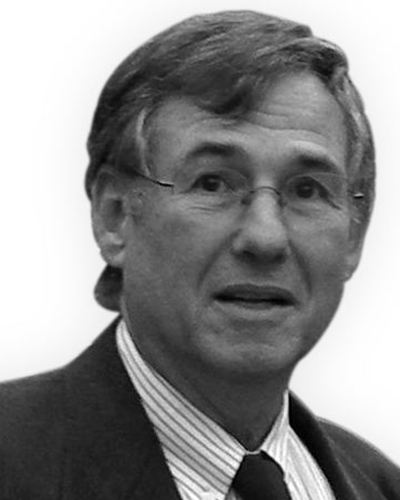Forensic chemistry and wrongful convictions: Not junk science, junk testimony
Joseph Almog, Casali Center for Applied Chemistry, The Institute of Chemistry, The Hebrew University of Jerusalem, Jerusalem, Israel
Forensic chemistry is the employment of chemical techniques to analyze and investigate evidence in forensic science. Many crimes would have remained unsolved, and many criminals would escape penalty, without the skillful application of chemistry by police investigators.
The application of chemistry is particularly important in serious crime investigations, since it can decipher cases which cannot be resolved otherwise; save plenty of time and resources, and provide courts of law with solid, objective evidence.
During the last two decades there have been allegations from different directions that forensic science is responsible for quite a few wrongful convictions. Some of the critics have named examinations such as bite marks, hair comparison, footwear impressions and hand writing analysis “Junk Science”.
The examples which I will discuss indicate that even forensic chemistry-based evidence can sometimes be anything but science. In his recent presentation “Scientific Evidence or Junk Science”, Doug Lucas, the mythical director of the Ontario Centre of Forensic Science showed the oxymoronic nature of the term “junk science”. By analyzing the dictionary definitions of the two terms, “Science” and “Junk”, Lucas postulated that “If something is science, it cannot be junk” and therefore, there is no such thing as “junk science”. It is “junk testimony” which is to blame, or, in other words, it is the human element and not the science.
“Junk testimony and not junk science”. I shall present two murder cases which have been investigated by forensic chemists whose testimonies led to shocking wrongful convictions. More accountable chemical examinations later turned the verdicts upside down. The first case, in the UK, was the infamous Birmingham six” trial. The other case is from the Israeli archive: the first application of DNA in criminal investigation.
Dr. Joseph Almog, formerly the director of the Israel National Crime Lab and currently Professor of forensic chemistry at the Hebrew University of Jerusalem (HUJI) pioneered the chemical modification of ninhydrin and prepared the first ninhydrin anlogues that were tested as fingerprint reagents. He has been working on the design and preparation of novel fingermarks techniques since the early 1980’s and wrote over 40 articles and book chapters on the subject. He has a long experience working on US Government R&D projects, in the fields of fingerprints, explosives and design of crime-scene field tests.
Joseph Almog was born in Tel Aviv in 1944. He obtained his Ph.D. degree in organic chemistry from the Hebrew University of Jerusalem and conducted research with Sir Derek Barton, at Imperial College in London, and with Sir Jack Baldwin at MIT.
He joined the Israel Police in 1974, as deputy head of the R&D unit and in 1984 was appointed director of the Division of Identification and Forensic Science (DIFS), the national crime-lab of the State of Israel.
In October 2000, Dr. Almog retired from police service and joined the Science Faculty of the Hebrew University of Jerusalem, where he is currently Professor of Forensic Chemistry, at the Casali Institute of Applied Chemistry.
His main areas of interest are: development of simple field-tests for crime-scene officers, explosives detection and identification, and particularly, visualization of latent fingerprints. Over the last two decades, he has been active in advancing forensic science as a tool against terrorism. He has written over 100 articles and book chapters in chemistry and forensic science.
In 2005 he was awarded the Lucas Medal by The American Academy of Forensic Sciences “for outstanding achievements in forensic science”.
In March 2009 he was appointed the first non-North-American member of the editorial board of the Journal of Forensic Sciences.
In October 2010 he was appointed member of the academic advisory committee of the Shanghai Institute of Forensic Science.

